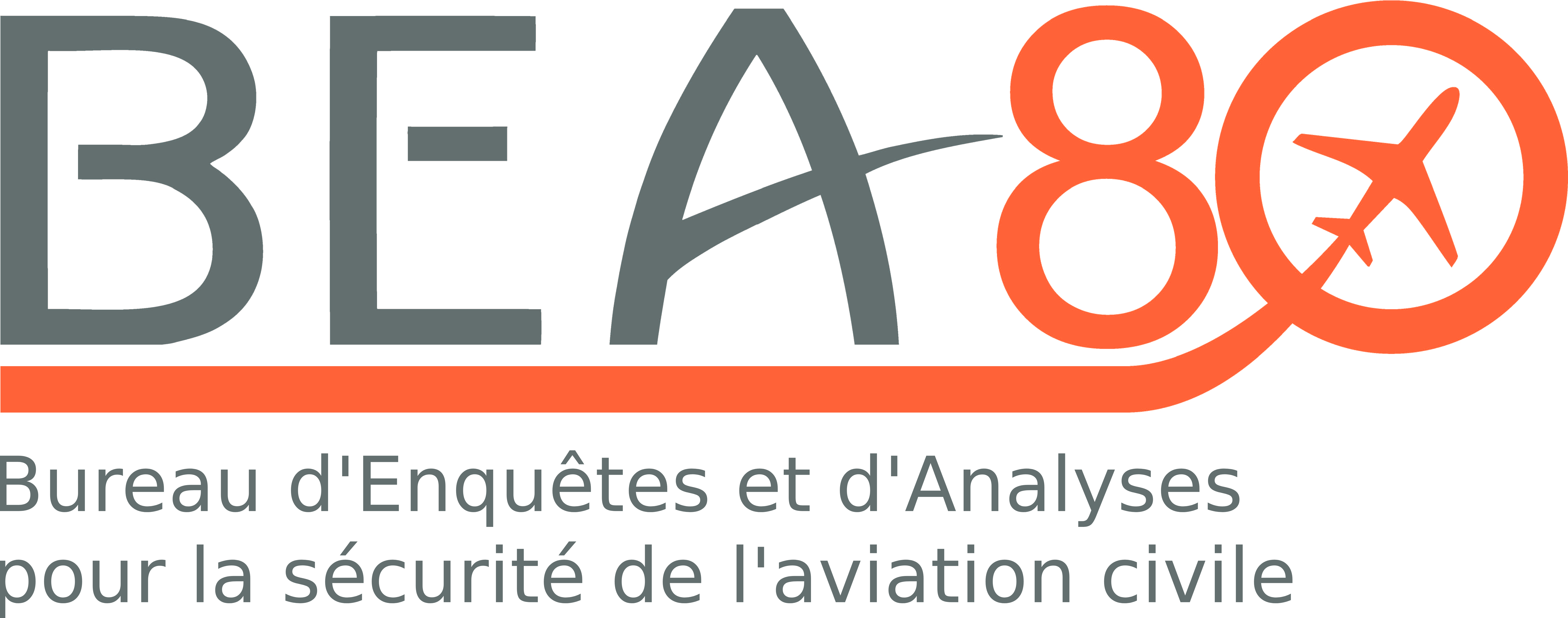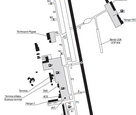Accident to the Flight Design CTLS - ELA registered F-HVGS on 15/01/2022 at Avignon Caumont aerodrome (Vaucluse)
Sortie latérale de piste pendant le roulement à l'atterrissage, collision avec un panneau de signalisation et passage sur le dos, en instruction solo
Cat. 3 investigation report: report concerning an occurrence with limited consequences, based on one or more statements not independently validated by the BEA.
This is a courtesy translation by the BEA of the Final Report on the Safety Investigation published in March 2022. As accurate as the translation may be, the original text in French is the work of reference.
Note: The following information is principally based on statements made by the student pilot and radio communications with the controller. This information has not been independently validated by the BEA.
1 - HISTORY OF THE FLIGHT
The student pilot carried out three circuits of paved runway 35 in dual command, then two solo touch-and-goes supervised by the instructor from the control tower. She performed a third circuit and lined up for a full stop landing on paved runway 35.
On final, at an indicated airspeed of around 60 kt in landing configuration (with the flaps in the second detent position), at the same time as a microlight on final for unpaved runway 35, she was cleared for an option[1] by the controller.
After a two-point landing without bouncing, the aeroplane veered to the left during the run. The student was unable to correct the veer and the aeroplane exited the runway at taxiway C, then crossed unpaved runway 35.
The controller asked the pilot of the microlight, on short final for unpaved runway 35, to perform a go-around. The latter, who had F-HVGS in sight, did so, while at the same time, the student pilot of F-HVGS, thinking that the instruction was addressed to her, also initiated a go-around. Realizing that the aeroplane had slowed down and might not take off, she changed her mind and reduced the engine to idle in order to stop.
The aeroplane struck a sign at the holding point C1 of the unpaved runway and ran onto a concrete slab. The nose gear collapsed, and the aeroplane turned over onto its back.
2 - ADDITIONAL INFORMATION
2.1 Aerodrome information
Avignon Caumont aerodrome is equipped with two parallel runways 17/35 and a microlight strip. The paved runway is 1,880 m long and 45 m wide. The unpaved runway, which can only be used by microlights with prior authorization, is 700 m long and 50 m wide. Simultaneous landings on the paved and unpaved runways are prohibited.
2.2 Meteorological information
The Avignon Caumont aerodrome METAR at 17:30 indicated zero wind, CAVOK, a temperature of 7°C and a QNH of 1024 hPa.
2.3 Student pilot’s license and experience
The 16-year-old student pilot had logged a total of 25 flight hours, all on type, and about 13 flight hours in the previous three months according to her instructor. This was her fourth solo flight. On her last solo flight, six days earlier, she had performed three landings.
2.4 Statements
The instructor indicated that the aeroplane did not seem to slow down enough during the landing run. He indicated that braking is done by hand using a lever next to the throttle. He explained that the CTLS is a very light aeroplane, which still has a lot of energy left when landing and which takes off again very easily. According to him, the student, who weighed only 45 kg, must not have braked hard enough. He added that the stick should be kept back to keep the nose of the aeroplane up and not forward or to the side.
The student pilot stated that she had panicked when the aeroplane veered to the left and could not remember how the stick was positioned during the flare and touchdown.
Following the accident, the operator of the aeroplane stated that he could not find any technical reason for the deviation from the flight path.


